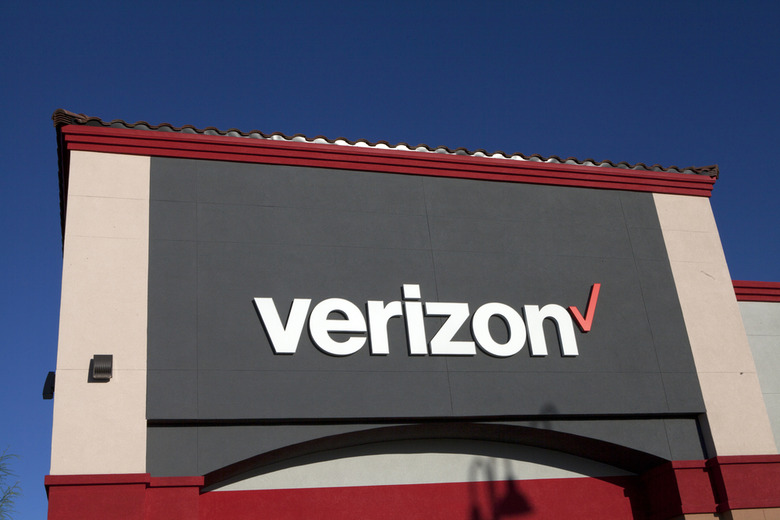Verizon Claims First 5G Service Available Next Year, But Don't Get Too Excited
Verizon has announced that it will use 5G technology to deliver residential broadband internet in "three to five US markets" by 2018. The rollout should begin in Sacramento, California, in the second half of 2018.
The focus on residential broadband means you aren't looking at the successor to LTE mobile internet that we've heard so much about recently. Instead, Verizon will be using millimeter-wave spectrum as an alternative to running a physical cable into customer's homes.
If Verizon lives up to its promises, this will be the first commercially available 5G service, which could be an impressive milestone. But companies — including Verizon! — have already trialed this kind of fixed 5G deployment in the real world before with pilot programs, so we're going to need more details from Verizon what 5G technology is involved, and how many customers will be able to sign up, before we start planning the party.
It's also worth mentioning that millimeter-wave fixed residential 5G and mobile 5G (the replacement for our existing LTE standard) are very different products, with very different challenges. For fixed residential 5G, Verizon will be relying only on millimeter-wave spectrum that has a much higher frequency than the spectrum used for mobile internet now. Millimeter-wave signals need to be transmitted over a line-of-sight connection, and will need a transmitter at the end of every street and a receiver on the side of the house.
Mobile 5G, on the other hand, will use everything, from low-band spectrum previously used for TV signals to the millimeter-wave signals Verizon is messing with. Making a "true" 5G network will require mastering the handoff between those different chunks of spectrum, as well as dealing with client devices that are constantly moving and changing.
